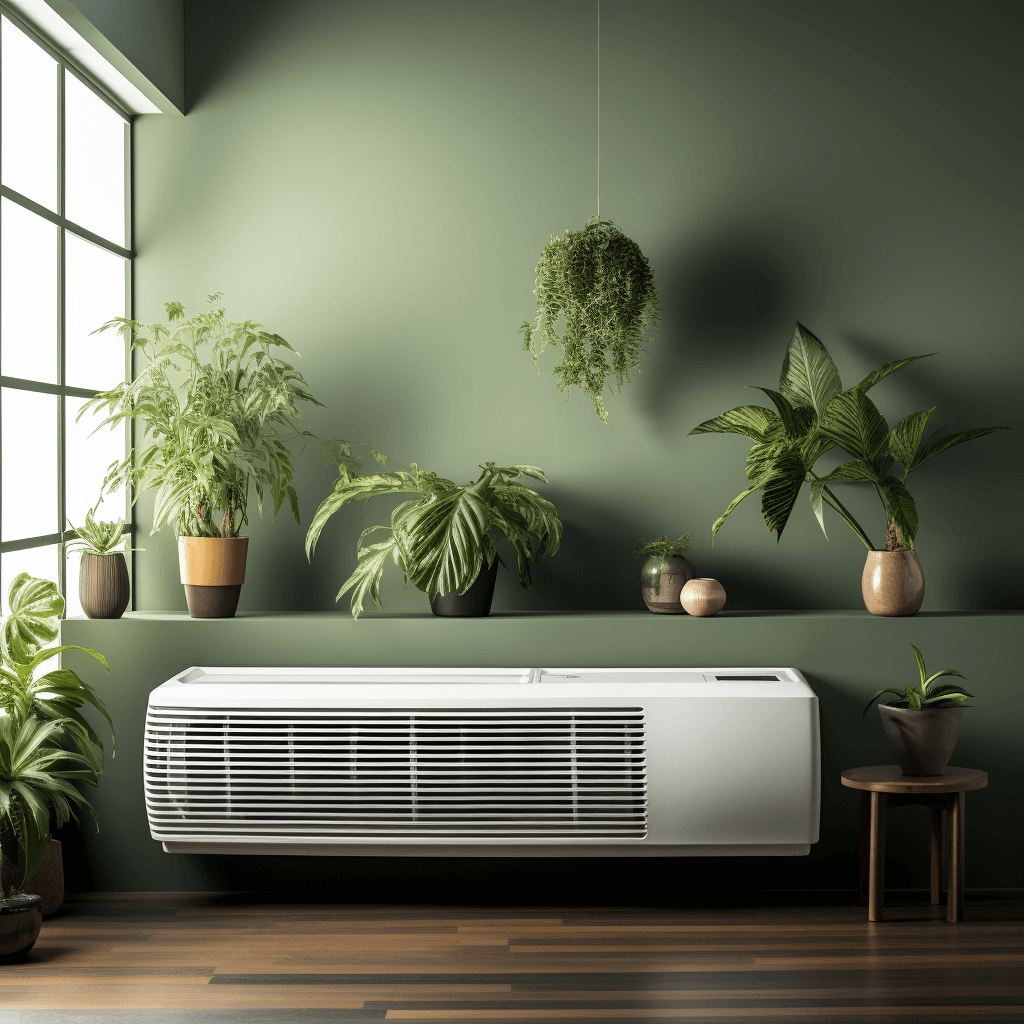The Silent Guardians of Indoor Air Quality: PTAC Units Unveiled
AirGreen's Comprehensive Guide to Understanding the Role of PTAC Units in Ensuring Pristine Indoor Air
Diving into the World of PTAC Units
Before we delve into the intricate relationship between PTAC units and indoor air quality, it's essential to understand what PTAC units are. PTAC, standing for Packaged Terminal Air Conditioner, represents a category of self-contained heating and air conditioning systems. These units are predominantly found in commercial settings, hotels, and apartment buildings, designed to regulate the climate of individual rooms or spaces. Their rising popularity in bustling regions like Montréal, Laval, Longueuil, North Shore, and South Shore stems from their efficiency, adaptability, and compact design.
PTAC Units and Indoor Air Quality: The Connection
One might wonder, "How do these units impact the air we breathe indoors?" Let's break it down:
-
Filtration Systems: Modern PTAC units come equipped with advanced filtration systems that trap dust, pollen, and other airborne particles. This ensures that the air circulated within the room remains clean and free from common allergens.
-
Humidity Regulation: PTAC units are adept at maintaining optimal humidity levels. By preventing excessive moisture, these units thwart mold growth and the proliferation of dust mites, both of which can degrade indoor air quality.
-
Fresh Air Intake: Some advanced PTAC models have a fresh air intake feature. This allows the introduction of outdoor air, promoting better air exchange and reducing indoor pollutants.
Factors Enhancing PTAC's Air Quality Performance
While PTAC units inherently contribute to improved indoor air quality, certain factors can enhance their performance:
-
Regular Maintenance: Like any machine, PTAC units require regular maintenance. Cleaning or replacing filters, ensuring the unit is free from obstructions, and checking for mold or mildew growth are crucial steps.
-
Proper Installation: An improperly installed PTAC unit can lead to air leakage, reducing its efficiency in filtering and circulating air.
-
Room Size Considerations: It's vital to choose a PTAC unit that matches the room's size. An undersized unit might not effectively regulate humidity or filter the air, while an oversized one can lead to short cycling and reduced air filtration time.
-
Advanced Features: Opting for units with features like UV light air purifiers or HEPA filters can further enhance air quality. These features target microorganisms and finer particles, ensuring a higher level of air purity.
Why Trust AirGreen for Your PTAC Needs?
Selecting the right PTAC unit, especially one that aligns with your indoor air quality preferences, demands expertise. At AirGreen, we bring a wealth of experience and knowledge to the table. Here's why businesses and homeowners trust us:
-
Expertise: Years of hands-on experience in the HVAC industry have equipped us with the skills to recommend the perfect PTAC unit for any space.
-
Customer-Centric Approach: We prioritize your comfort and efficiency. Our team takes the time to understand your unique needs, ensuring peak performance.
-
Post-Installation Support: Our commitment doesn't end with installation. We're in it for the long haul, ensuring your PTAC unit delivers consistent performance year after year.
Conclusion
The role of a PTAC unit in influencing indoor air quality is pivotal. With technological advancements, these units have become champions in ensuring a clean, allergen-free indoor environment. By choosing the right unit, ensuring proper installation, and maintaining it regularly, you can enjoy the dual benefits of a PTAC unit: climate control and pristine indoor air. And for all your PTAC needs, remember that AirGreen is just a call away.

